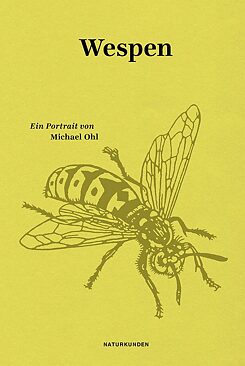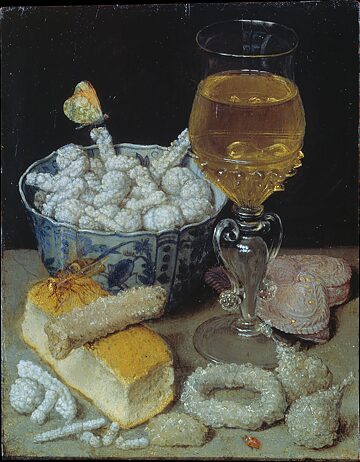Cherrypicker
The wonderful world of wasps
The moment they come near us, we swat them away. We regard them as the scourge of summer – yet they have almost only benefits to offer. Michael Ohl on wasps and the invaluable role they play in our ecosystem.
Imagine someone is asked to find various attributes to describe you, and this is what they come up with: aggressive, tiresome, unpredictable, dangerous. Surely there’s virtually no-one who would be happy to hear that. Though admittedly blissfully unaware of it, this is precisely the reputation one insect has to live with – the black-and-yellow hymenopteran that we see, and occasionally also feel, in this part of the world every summer: the wasp.
Be it at a picnic, while breakfasting in the garden or enjoying a barbecue – you can always rely on a visit from this uninvited guest, especially in late summer. We humans are not the object of its desire, however; it has its sights set on that slice of fruit cake or the jam, on that sausage or piece of roast meat. With blatant disregard for the maxim “sharing is caring”, we react with annoyance, and from the wasp’s viewpoint it may well seem that we are being aggressive, tiresome, unpredictable and dangerous – i.e. displaying exactly those same characteristics we attribute to these unpopular hymenopterans.
A matter of image
The fact is, wasps have an image problem. Many people ask themselves what the point of wasps is. Answers are to be found in Wespen (Wasps), a book by the scientist Michael Ohl. Featuring colour illustrations, this slim volume about wasps is part of Berlin publisher Matthes & Seitz’s Naturkunden (Nature Study) series – not to mention a resounding tribute to and passionate defence of these insects in all their various guises.A wasp researcher, Ohl asserts that asking about the raison d’être of wasps is a typically anthropocentric question that is rooted in the concept of so-called ecosystem services. In other words, which recognizable functions and benefits does nature offer humans, either directly or indirectly – or in this case, what do wasps actually do for us?
And then Michael Ohl provides us with all kinds of fascinating examples. One vital role that is performed not only by the ever popular bee, but also by the wasp, is pollination. He writes that there are no fewer than 164 species “that are solely pollinated by stinging wasps. However, wasps also help pollinate those plants that are chiefly visited by bees.”
Warning colours
Michael Ohl gives us a readily understandable and instructive introduction to the world of the wasp. Humans have always been fascinated by and frightened of wasps in equal measure, not only on account of the supposedly aggressive behaviour of these hymenopterans, but also because of their appearance. Humans and animals alike view the wasp’s black-and-yellow jacket as a warning signal, its message being: “Beware, I am capable of defending myself! Don’t come too close, as I can give you a painful sting!”This is a characteristic that is sometimes abused in nature. There are for example many entirely harmless species of insects that have adopted the same warning colours used by wasps so as to appear dangerous. This type of deception and imitation is known as mimicry. Though humans do not pretend to be wasps, they do draw inspiration from them – in fashion and design for instance. The wasp has also given its name to various products: military equipment has been named after it, as were the world-famous “Vespa” scooter and Honda’s “Hornet” motorcycle. In art, especially in the late nineteenth and early twentieth centuries, the wasp lent its name to satirical magazines and cabarets, while in literature it is used to this day as a motif and metaphor for aggressiveness and pain.
The beauty of Hymenopteras
Wasps are insects that belong to the order Hymenoptera, nearly 153,000 species of which are known worldwide. In Germany, hymenopterans are even the group boasting the largest number of species and play an essential part in the country’s biodiversity. Every species of wasp is characterized by its own individual behavioural patterns and way of life, as well as by its species-specific appearance. In his book, Michael Ohl succeeds in describing precisely this diversity, as well as the beauty of wasps in a vivid and lucid manner, thereby making it quite clear that wasps are far more than – and indeed utterly undeserving of – the bad reputation that precedes them.
Michael Ohl: Wespen. Ein Portrait
Berlin: Matthes & Seitz, 2023. 135 p.
ISBN: 978-3-7518-0225-3



